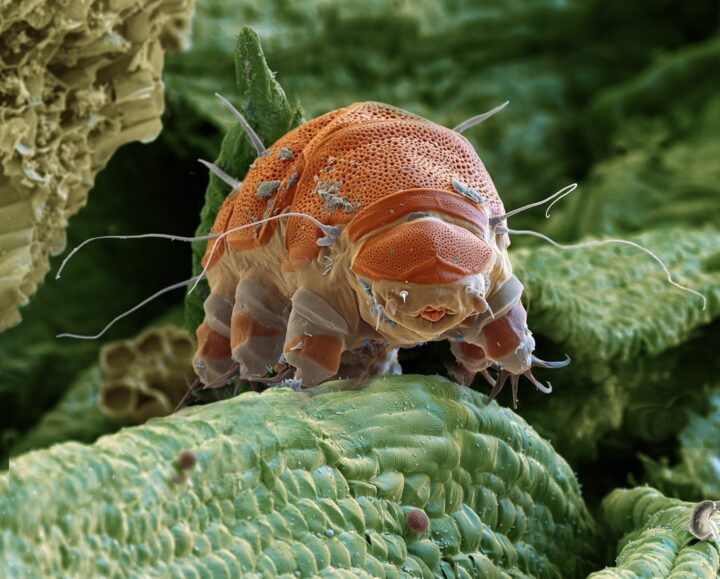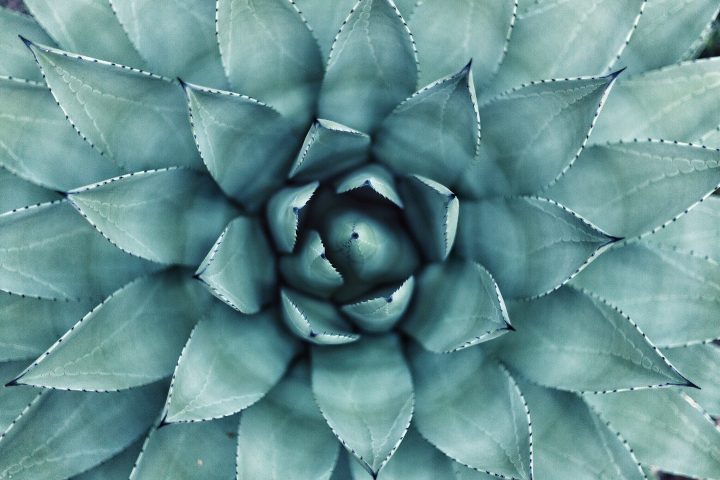The nasal surfaces of camels help conserve water by using hygroscopic properties to remove water from air during exhalation.
Introduction
When the dromedary camel gets dehydrated in its hot and arid environment, its nasal surfaces help the animal conserve water using two mechanisms: by cooling exhaled air during the night, and by extracting water vapor from exhaled air.
The Strategy
During the nighttime, outside temperatures are typically lower than the camel’s core body temperature. When the camel inhales, the cool outside air passes through the nasal passages where heat is exchanged: the nasal surfaces are cooled while the incoming air is warmed.
Inside the camel’s lungs, air is at body temperature and fully saturated with water (100% relative humidity). When the camel exhales, the warm air inside the lungs passes over the cool nasal surfaces and exchanges heat again. This time, the air is cooled as it’s exhaled, and as it cools, water vapor in the outgoing air condenses onto the nasal surfaces as liquid water. The exhaled air is still at 100% relative humidity, but the lower temperature means that more water exists in liquid form than in vapor form (read an explanation of why this occurs here).
Several mammals and birds use this mechanism of cooling exhaled air to conserve water and heat, but the dromedary camel uses a second mechanism to save even more water: it extracts water vapor from the exhaled air, desaturating it down to 75-80% relative humidity. The dry nasal surfaces of a dehydrated camel are hygroscopic, meaning they can absorb and hold on to water molecules from the surrounding air. The hygroscopic nasal surfaces absorb water from the exhaled air and give off water to inhaled air.
One reason these water recovery mechanisms work so effectively in the dromedary camel is the large total surface area of the turbinate structures in its nasal passages. Turbinates are spongy nasal bones, and the camel’s turbinates are highly scrolled, providing narrow air passageways and a large surface area for water and heat exchange. Measurements suggest that camels have more than 1000 cm2 of nasal surface area, whereas the human nasal cavity may have a total surface area of only 160-180 cm2.
Why does the camel use the first mechanism and exhale cooled air only during the night? During the hot daytime, preventing the brain from overheating is prioritized over conserving water. Exhaling air that’s warm and saturated with water vapor enables the camel to dump excess heat from its body, but this comes at the expense of saving water.
The Potential
Mimicking the design and function of camels’ nasal passages could lead to more effective human-constructed water and heat recapturing systems. This could make freshwater more available in arid environments, minimize the amount of water needed in industrial cooling systems, or inspire novel applications for culinary equipment.






